For most people, the word desert conjures up images of huge expanses of dry sand with little or no vegetation and a very limited animal population often only able to venture out during the hours of darkness to avoid the blistering daytime temperatures. The Kalahari Desert however has none of these features and it is arguable whether it truly deserves being called a desert. Strictly speaking, most definitions of a desert stipulate an annual precipitation of less than 25 cm and although this may be the case with some areas of the Kalahari, other areas receive more but the rainfall almost always occurs during the rainy season during the coldest part of the year.
Kalahari Desert Map
Looking at the Kalahari Desert on a map of Africa, some sense of the sheer size of the region can be appreciated as it dominates a large part of Botswana and parts of Namibia and South Africa. It straddles the tropic of Capricorn and it would normally be expected to have a predominantly tropical climate but, probably as most of it is at an altitude of around 1000 m above sea level, its climate is much more conducive to plant and animal life. It is officially classified as being a semi-arid region.
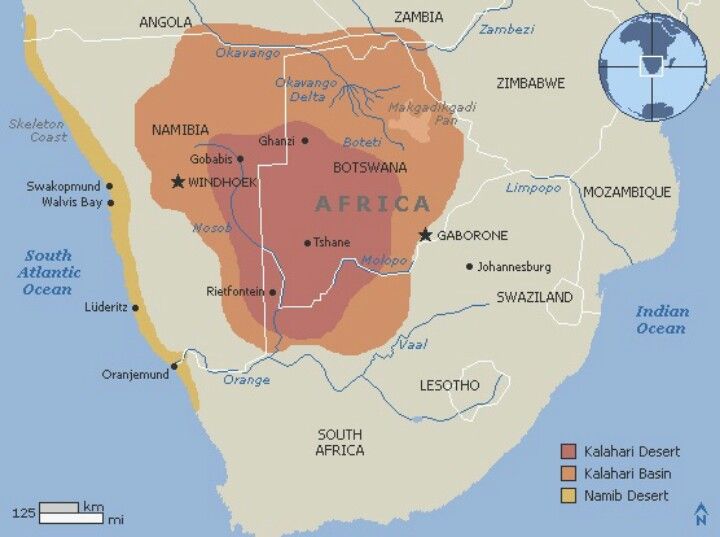
Kalahari Desert Facts
The Kalahari Desert covers an area of approximately 360,000 square miles which is approximately four times the area of the UK.
It has only one permanent river, the Okavango, but in the rainy season other temporary watercourses appear along with temporary lakes.
It was formed approximately sixty million years ago along with the rest of the African continent.
The Kalahari Desert has the largest continuous stretch of sand on earth with sand dunes stretching westward to where it meets the Namib Desert.
Most of the Kalahari Desert is covered with vegetation and is described as Savannah.
There are wide variations in temperature and it is not uncommon for summer days to reach in excess of 45 degrees Celsius whereas night-time frosts may occur during winter with temperatures as low as minus 15 degrees Celsius.
The name Kalahari is believed to derive from the Tswana word Kgalagadi which literally means Waterless Place.
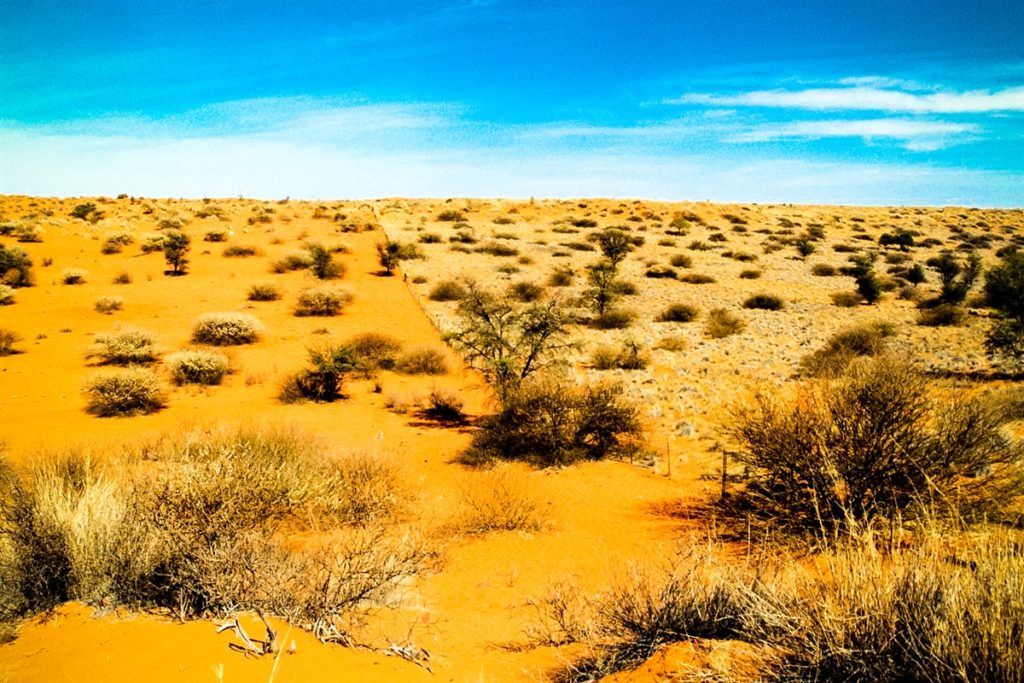
Kalahari Desert Animals
The Kalahari is home to a huge range of animal species and in the past was traversed by Elephants and Giraffes but modern day farming techniques have resulted in many areas being used for the grazing of livestock to the detriment of many of the indigenous species. Some species which pose a threat to domesticated livestock, such as the African Wild Dog, are actively hunted and killed. The area supports many grazing species such as the Wildebeest, Springbok, Gemsbok and other species of Antelope along with many predators including Lions, Leopards, Cheetahs, Hyenas and Jackals. There are many reptiles such as Cobras, Puff Adders and Rock Monitors. Many of the animals observed in the Kalahari desert are migratory spending only part of each year in the area especially in the case of birds. Various species of Eagles, Hawks, Kites, Kestrels and Owls can be found along with more typically African birds such as Weaver Birds and Secretary Birds. The rains of the wet season give rise to seasonal wetlands such as the Makgadikgadi Pans in Botswana which attract thousands of Flamingos. Some other Kalahari Desert animals include Meerkats, Baboons, Warthogs, Porcupines, Ostriches and domesticated Camels.

Kalahari Desert Plants
As the Kalahari is a predominately Waterless Place the only plants able to survive are those adapted to cope with the long months of drought and the dry soil conditions. Amazingly most of the region is covered with vegetation and in the wetter areas to the north and east, open woodlands can be found being mainly of Camelthorn trees, a species of desert-loving acacia. The majority of the region is covered with smaller shrubs and clumps, or tussocks, of grasses. When the rains do arrive, many fast growing plant species spring into life especially along the courses of the normally dry river beds including edible plants such as cucumbers and melons. In the drier regions to the south and west vegetation is rather more sparse and here desert species such as the Hoodia Cactus can be found.

Kalahari Desert People
The lack of water makes the Kalahari Desert particularly inhospitable for humans but the area has, for thousands of years, been the home of the San people who followed a nomadic lifestyle as hunter-gatherers. This way of life has now mainly been consigned to the history books and, although some still try to follow the ways of their ancestors this is becoming almost impossible in modern-day Africa due to increases in farming and the fact that many areas are now protected as are many of the region’s animals.
Kalahari Desert Circles
Visitors to the Kalahari are sometimes surprised by the unusual appearance of the landscape, especially towards the west of the region where large areas of vegetation are interspersed by completely barren circles of dry sand. Plants bordering these circles seem to thrive giving the whole area an almost lunar appearance. The circles vary in size but are usually between two and fifteen metres in diameter. Over the years there have been many theories and legends trying to offer an explanation ranging from the breath of an underground dragon to fairies, UFOs and termites but there has yet to be any indisputable explanation. This phenomenon is not exclusive to this region but is also found in the bordering Namib desert and in areas of Australia.

Kalahari Desert Natural Resources
This huge plateau remains a truly wild and natural place but has been the subject of many geological surveys and has been found to be rich in natural resources including diamonds, coal, nickel and copper although most of these remain undeveloped. This Waterless Place has one other surprising underground feature, that being a huge amount of subterranean water. The porous nature of the sandy soil simply allows much of the rainfall to pass straight through the surface strata and accumulate underground rather than being re-circulated back into the atmosphere by transpiration and evaporation. Dragon’s Breath Cave, situated 29 miles north-west of Grootfontein in Namibia, is a huge underground cavern containing the world’s largest non sub-glacial underground lake. It was given its name due to the rush of moist air emanating from it first experienced by its discoverers in 1986.
In conclusion, the Kalahari Desert is far from deserted. It is a truly wild and wonderful place, a lofty African plateau which truly epitomises the very essence of southern Africa.

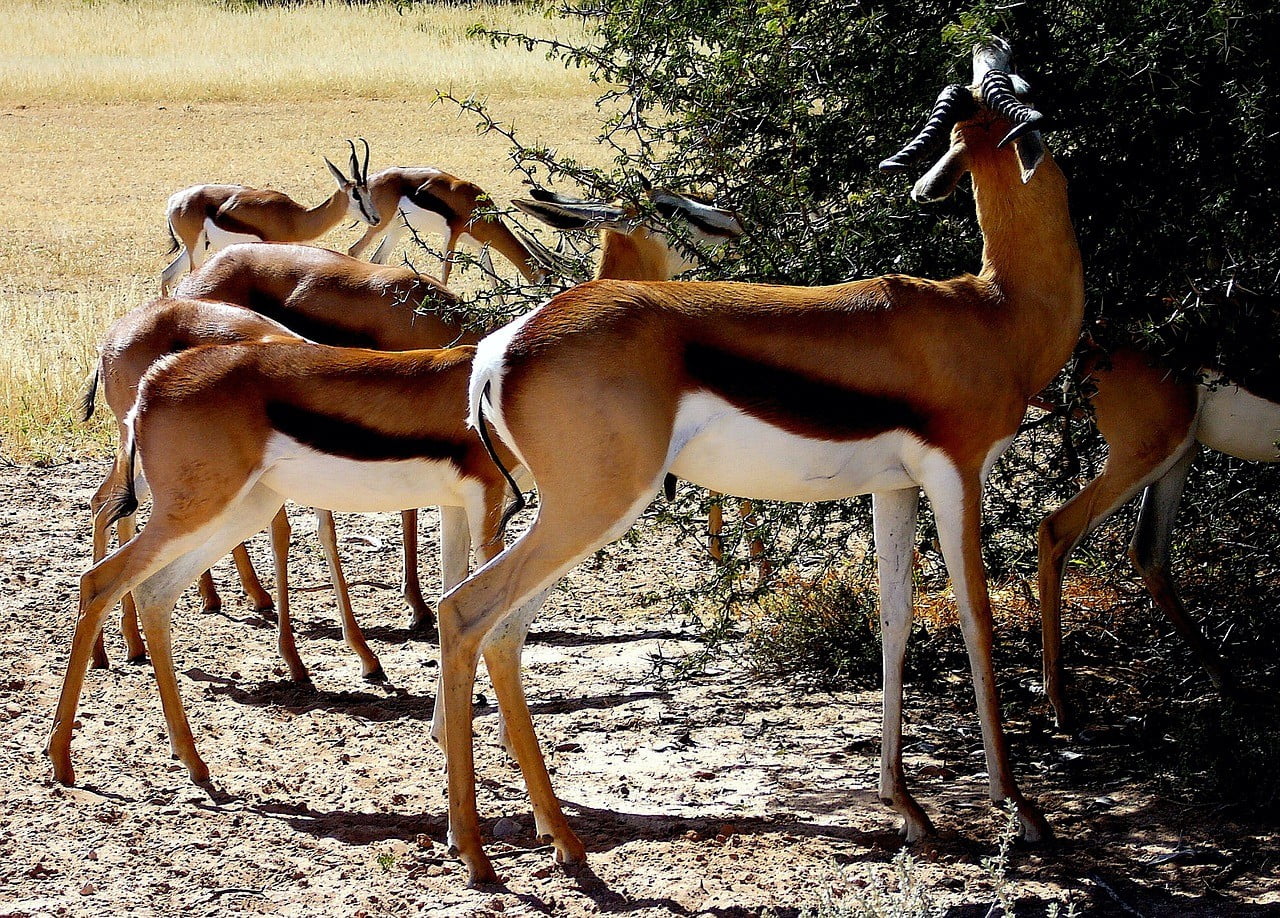

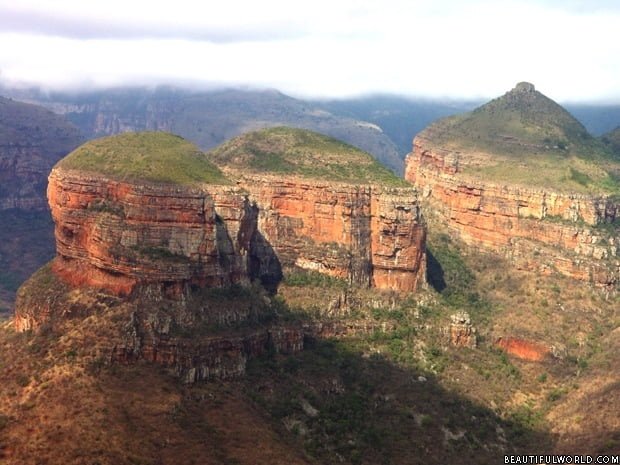
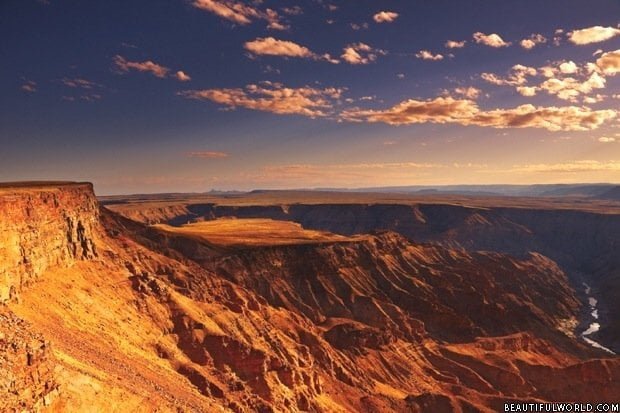
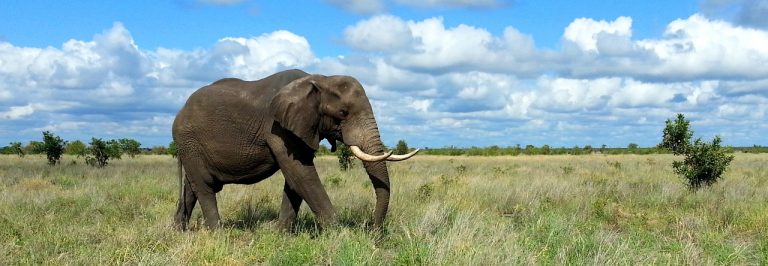
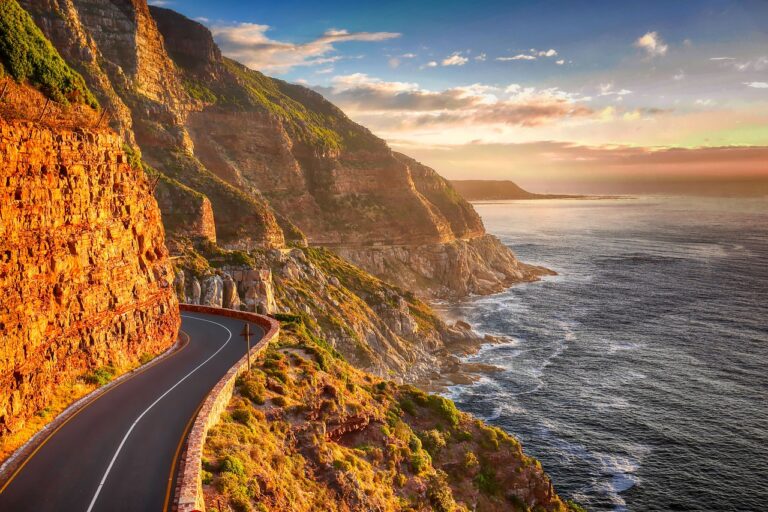
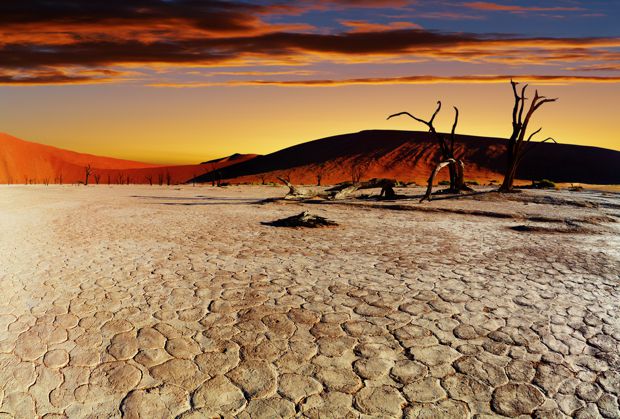
The desert is so huge I don’t know where to start in terms of planning a visit. Can anyone suggest a sensible place to use as a base to see some of the desert and its wildlife. It needs to be safe and easy to access from an international airport.